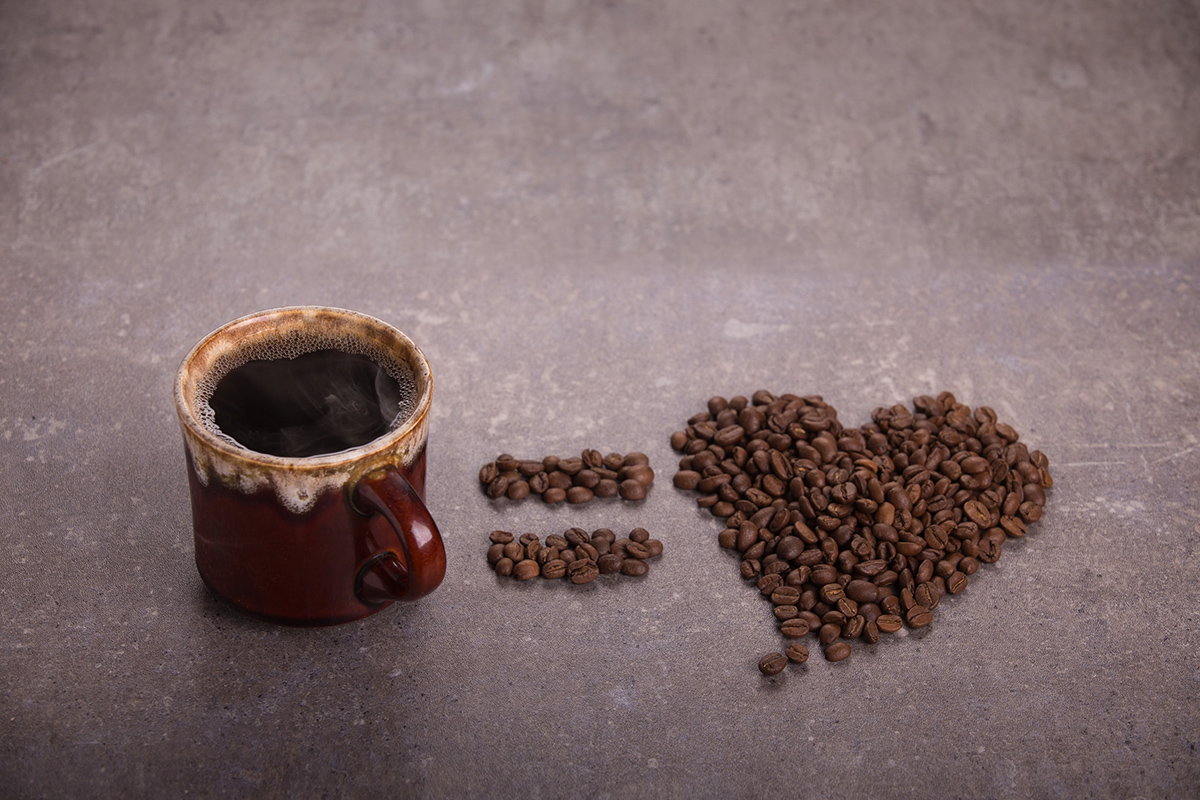Understanding the language used by the various industries will make it simpler for you to comprehend it and fit in. Understanding the meaning of some basic phrases related to coffee is helpful for learning about and tasting it. Coffee is similar to this. I'm here to provide you with a glossary of some of the more widely used terms related to coffee.

Anubica/Arabica
This type of Ethiopian-originated coffee bean is among the smaller coffee seeds, with a distinctive flavor and character that the coffee industry controls. Fine coffee is mostly this kind, which is divided from the Anubica to create the more well-known boutique coffee variations as CURLY, Tippecka, Kadura, and so on.
Rusta / Rusta
The medium-grain coffee varietal known as Robusta is also called Robusta. Its flavor and taste are substantially inferior than Anubica's, hence it is more frequently utilized as a raw material for industrial beans (including instant coffee) and coffee products. It has a higher caffeine concentration than Anubica and is more pest and disease resistant.
Cuisinart
This coffee bean is a Panamanian type that is well-known for its robust flowery and fruity aroma. It is also one of the leading examples of contemporary pricey coffee beans now that the Cuisia variety is being grown in many coffee-producing regions. In Esse, it is known as Gesha, and in the Americas, which include Panama, it is known as Geisha.
Only one coffee
A single coffee bean can also refer to a mixture of many coffee bean varietals from the same origin.
A brew of coffee
A mixture made up of two or more beans with various origins that have been mixed with the blender's preferred flavor and taste. The performance of the 1+1>2 flavor is blended beans' most notable characteristic.
Regarding coffee tasting
Test Cup
The quality of the coffee beans and the roast can be evaluated most directly using this method, which often involves steeping the coffee to remove the liquid. The flavor descriptions on the label and packaging of the coffee beans you purchase every day are tasted by cupping.
Sipping
To maximize the flavor of freshly made, hand-brewed coffee, it is immediately absorbed in small sips like soup with a spoon, allowing the coffee liquid to quickly atomize in the mouth. The aroma is then transported via the respiratory system to the root of the nose.
stale aroma: the scent given out by coffee beans after they have been powdered.
moist aroma: after the coffee beans have been brewed and drip-filtered, the scent of the coffee liquid.
Flavor: the coffee bean's scent and flavor that is most similar to a certain cuisine or plant.
Body: A good cup of coffee will taste mellow, smooth, and full; on the other hand, if a cup of coffee makes you feel rough and watery in the mouth, it is actually an obvious sign of poor taste.
Post time: Apr-27-2023
